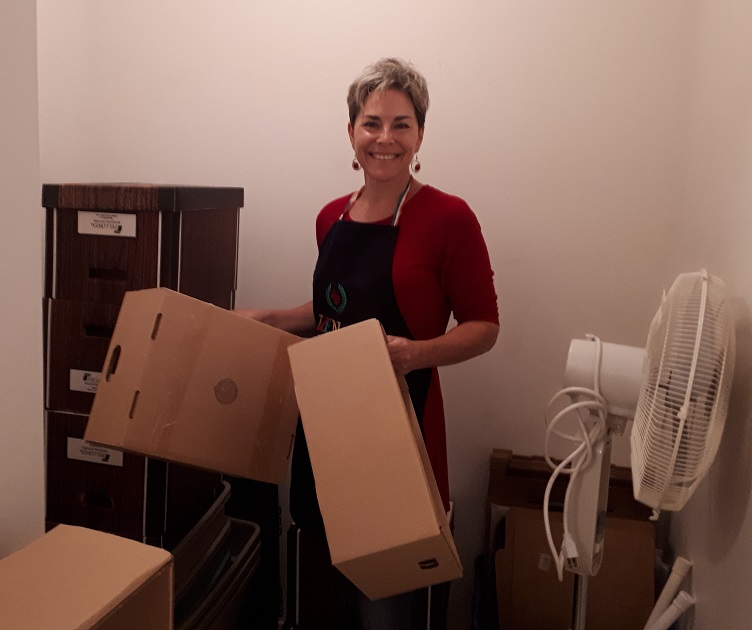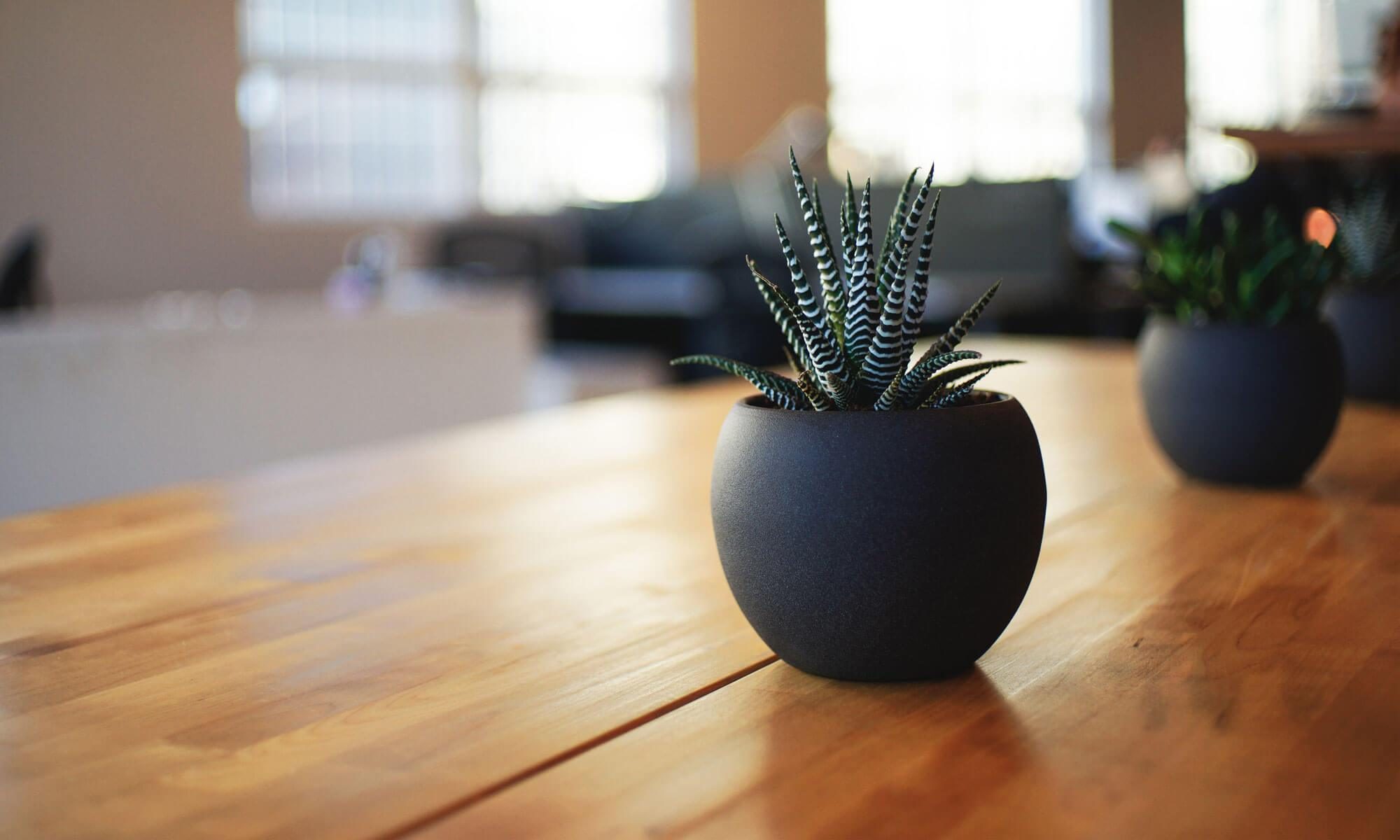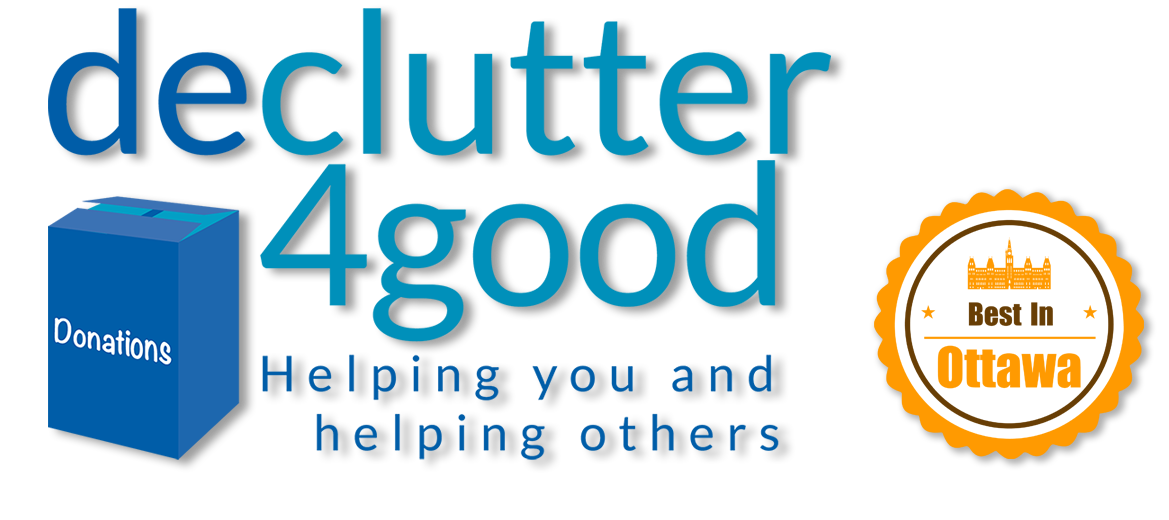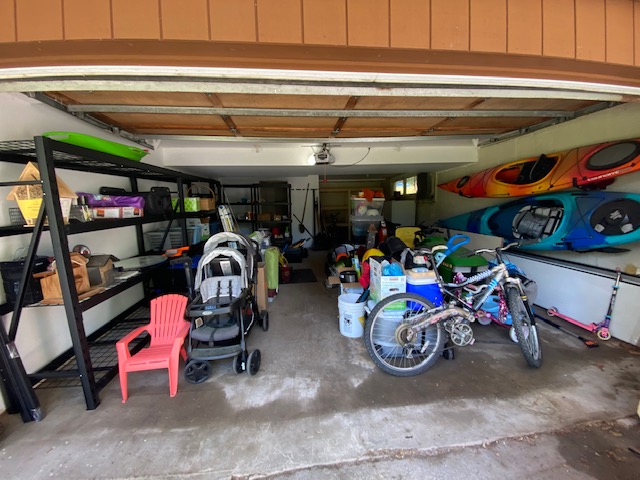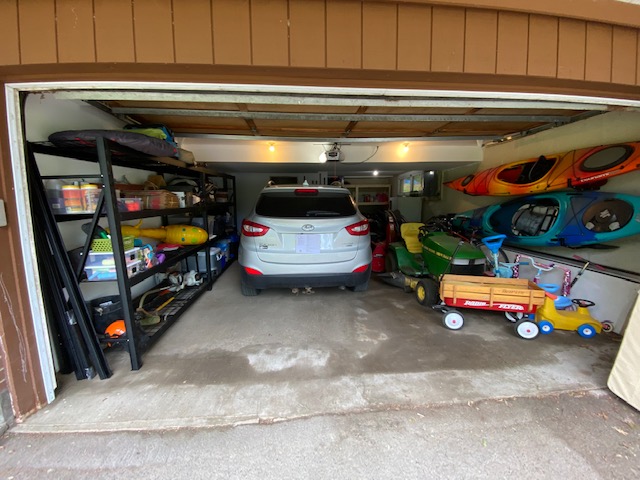“The purpose of life is to live it.” (Eleanor Roosevelt)
My COVID career change was not so much a leap of faith as it was a good hard shove out of one career and into another.
The day schools closed last March was the beginning of the end of my long career in the promotional products industry. Over the next couple of months, as all conventions, conferences, trade shows, AGMs, golf tournaments and gatherings were cancelled, a huge segment of my business went completely flat. Completely changing gears was not an option but a must.
As it turned out, my catalyst for change came in a book that I was re-reading. The book was called What Colour Is Your Parachute? by Richard N. Bolles. As I followed along with the exercises, the penny dropped and I awakened to the realization that my next career would involve organizing and decluttering.
Organizing and decluttering has been a lifelong love of mine. Books, shows and magazine articles on the subject of home design or organizing and any related before-and-after photos have always been my “go to” for unwinding and enjoyment. I am more relaxed, more creative and more in control in rooms that have a calm orderliness to them.
Turns out, though, that organizing and decluttering is a skill and we all have different skill sets. The same way I don’t have a natural affinity for languages, others are not successful with organizing and decluttering. No shame there. Just different strokes for different folks.
When it occurred to me that I could help people who didn’t have the time, energy or inclination to organize and declutter, I reached out to some friends and offered them pro bono work in return for their honest appraisal of my value in this area. Happily, I got an enthusiastic thumbs up and so with equal parts elation and trepidation, Room2Breathe Organizing & Decluttering was born.
Unencumbered by the weight of clutter and unfinished projects, people can be more productive, creative and calm in their safe haven. Purging the “stuff” that no longer owes us anything is liberating and we grow when we are not fenced in or weighed down by our things. By creating space, we have room to breathe and possibility is once again within reach perhaps in the form of a new library or craft room where once resided only dusty boxes and an unused desk. Maybe while decluttering, you unearth your travel journals and a European trip is once again beckoning.
For my part, when I “let go” of the familiarity and dependability of my 31-year career and stepped into uncharted territory to pursue my organizing and decluttering passion, I never would have imagined how closing one door would have opened up another that has completed me, fulfilled me and empowered me to be the very best version of myself. As Maria Shriver writes, “Choose you, and when you do, know that you’ve made the best choice you can make.”
